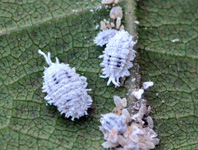Abstract
Neolebouria capoori n. sp. (Opecoelidae: Plagioporinae) is described from the whitecheek monocle bream, Scolopsis vosmeri (Bloch) (Perciformes: Nemipteridae) from the Panjim coast on the central west coast of India at Goa. The new species differs from both Neolebouria cantherhini (Li, Qiu & Zhang, 1988) as originally described from Thamnaconus modestus (Günther) (syn. Cantherines modestus Günther ) and Neolebouria confusum (Overstreet, 1969) as originally described from Ocyurus chrysurus (Bloch) by having the cirrus sac surpassing the ventral sucker posteriorly in N. cantherhini and being entirely preacetabular in N. confusum compared to terminating near the midlevel of the ventral sucker in N. capoori n. sp. The new species is most similar to N. confusum, but it further differs from this species by having the vitelline fields terminating near the level of the esophageal bifurcation compared to terminating near the level of the posterior margin of the pharynx, a larger sucker ratio (1:1.7–1:2.0 compared to 1:1.4–1:1.7), a somewhat shorter cirrus sac relative to body length (160–448, representing 9–18% of the body length compared to about 367, representing 22%), and the egg of the new species has a boss at the anopercular end that is not present in N. confusum. This study represents the first report on an opecoelid from S. vosmeri. A review of the parasites reported from S. vosmeri is included.

